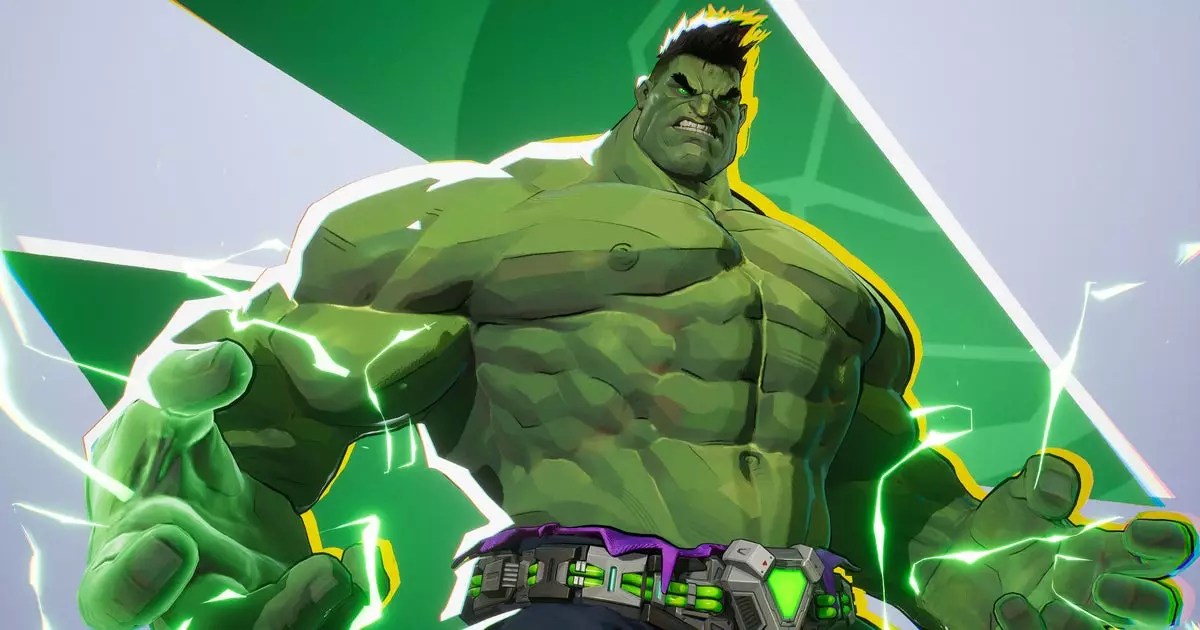As anticipation builds for the kickoff of Marvel Rivals Season 1, fans are eager to welcome the iconic Fantastic Four into the fray on January 10th at 1 am PT / 4 am ET / 9 am GMT. This introduction comes at a critical juncture in the game, which pits heroes against the dark forces led by Dracula, now cloaking the world in perpetual night. The addition of these beloved characters is more than just a new lineup; it reflects an ongoing strategy by developers NetEase to keep the gameplay fresh and exciting, even as they risk alienating segments of their player base with recent character adjustments.
In the world of competitive gaming, balancing character abilities is essential yet incredibly challenging. In the upcoming season, NetEase’s decisions to nerf certain fan-favorite characters—such as Hela and the Hulk—spark a wave of strong reactions from the community. Players who relished using Hela, the goddess of death, will feel the sting of reduced base health, while Hulk’s once-mighty gamma shield has been significantly diminished. These adjustments can lead to frustration, particularly among dedicated players who have invested considerable time mastering these characters.
Simultaneously, the developers also aim to elevate characters that previously underperformed, a move that is both strategic and somewhat self-preserving. For instance, Black Widow is receiving notable boosts to her abilities, making her a more formidable choice on the battlefield. However, this balancing act often feels arbitrary to players, as the pendulum swings to favor some heroes while diminishing others, turning the game into a cycle of endless adjustments.
Marvel Rivals’ introduction of reworked characters speaks to the developers’ commitment to maintaining competitive integrity. HawkEye, for example, has seen his ranged capabilities reduced while simultaneously improving his close combat prowess. This duality of strength highlights a potential tactical evolution of gameplay strategies, encouraging players to diversify their approach rather than overly relying on one-dimensional characters.
Alongside prone adjustments, there’s an intriguing twist with Squirrel Girl and her Squirrel Tsunami ability, which has become an unpredictable offensive move. However, the halving of the tsunami’s health somewhat contradicts the edge it aims to introduce. This mixed bag of changes emphasizes how difficult it is to create a consistent experience that feels fair to all players.
At the core of Season 1 is an engaging storyline where the Fantastic Four unite with other Marvel heroes against the villainous tandem of Doctor Doom and Dracula. The narrative effectively sets the stage for chaotic skirmishes against the backdrop of New York engulfed in darkness. This dramatic tale not only elevates stakes for players but also enhances the overall experience, engaging those who appreciate robust storytelling in gaming.
Moreover, the introduction of unique challenges, including the disruption of celestial bodies by the villains, provides a vivid canvas for gameplay mechanics. It emphasizes the high-stakes nature of battles, as players team up to thwart the evil plans that threaten both their virtual and moral universes. By intertwining gameplay with such vivid storylines, Marvel Rivals seeks to engage players deeply, turning casual gamers into invested participants.
While many are enthusiastic about the series’ developments, reviews—like Ed Thorn’s take—indicate a divide among the community. Some players find the game overly complex, drawing comparisons to other hero shooters but criticizing its depth, which can sometimes feel cluttered or chaotic. This perception highlights a challenge for NetEase: while comprehensive mechanics can attract dedicated gamers seeking strategy, they risk alienating casual players who desire a more straightforward experience.
The feedback from players suggests that some feel caught in a ‘blender’ of interchangeable heroes, lacking unique identities. This perception feeds into the larger conversation about character design, balance, and engagement. For a title as rich in lore as Marvel Rivals, ensuring each character feels distinct is key to fostering loyalty among players.
As Marvel Rivals prepares for its Season 1 launch, it stands at a precipice of potential—one where beloved heroes and a gripping storyline can redefine their gaming experience. However, the challenges posed by character balancing, community reception, and gameplay complexity will require careful navigation. Will the introduction of the Fantastic Four rejuvenate interest and excitement, or will it deepen existing divides? As the clock counts down, only engagement on the battlefield will reveal the answer, guiding the journey towards a more unified community of Marvel fans.


Leave a Reply